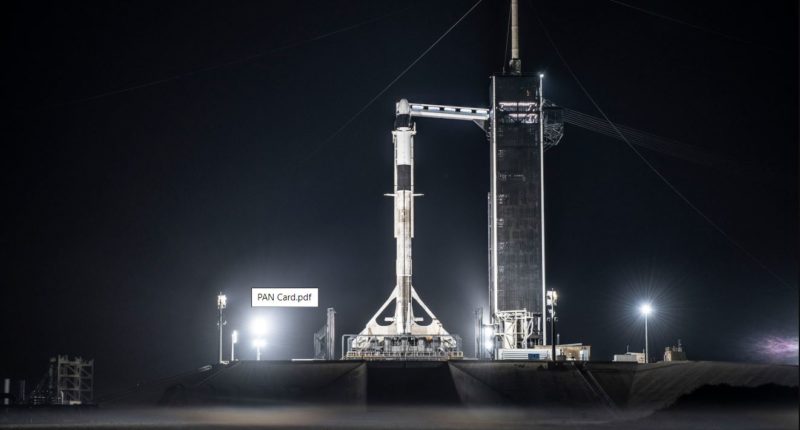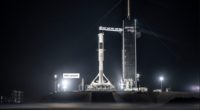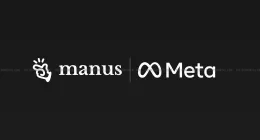SpaceX and NASA are going to collaborate for a final test which would lead up to SpaceX launching actual personnel on a spacecraft headed for the International Space Station. This last key test of SpaceX’s Crew Dragon commercial crew aircraft will take place on Saturday, during a six hour launch window that opens at 8 AM ET and will perform an ‘in-flight-abort’, which is a safety test and will test how the safety systems will work in the event of an unexpected failure.
The Crew Dragon capsule will set atop the Falcon 9. Instead of landing the rocket back(a feat for which SpaceX has continued to master), the plan includes losing the flight. The launch will be terminated early, albeit intentionally, right before it hits its “Max Q” point(the point where the flight will experience the most atmospheric pressure). This will round up to be about 84 second post lift off. The flight will reach about 19kms from the surface of the earth.
At this point, the Dragon spacecraft’s launch escape system will automatically trigger, separating the crew aircraft from Falcon and propel it to a safe distance away from the rocket to ensure no lives are lost in case of a mishap. 5 minutes after the launch, Dragon will deploy its parachute system and about 10 minutes later, it will land in the Atlantic Ocean between 3 and 3.5 km from shore.
The Dragon capsule will be studied, and so will the dummies acting as test subjects and it will be decided whether all the safety measures are in check and if SpaceX is ready for its first manned mission or not.
The Falcon 9 will not be landed this time around. Instead, the remains of the fusela will be studied for future references.The study will also be extensive in its report on the environmental impact this will have. There are plans of some kind of ignition event and hopefully, people on the ground will be able to witness this ‘failure’.
To date, the company has completed more than 700 tests of Crew Dragon’s SuperDraco engines, which will power the spacecraft away from Falcon 9 and carry crew to safety at any point during ascent or in the unlikelyevent of an emergency on the launch pad.
In May 2015, SpaceX completed a pad abort demonstration of Crew Dragon. In March 2019, SpaceX completed an end-to-end test flight of Crew Dragon without NASA astronauts onboard, making Dragon the first American spacecraft to autonomously dock with the International Space Station and safely return to Earth.
The Tech Portal is published by Blue Box Media Private Limited. Our investors have no influence over our reporting. Read our full Ownership and Funding Disclosure →






